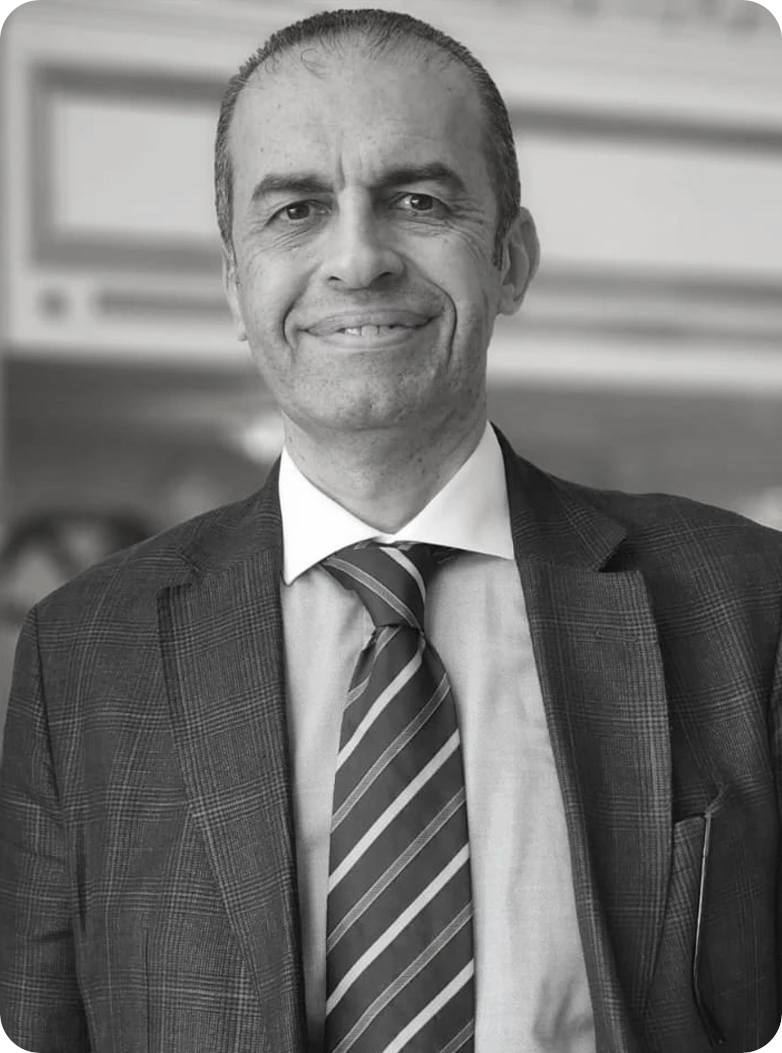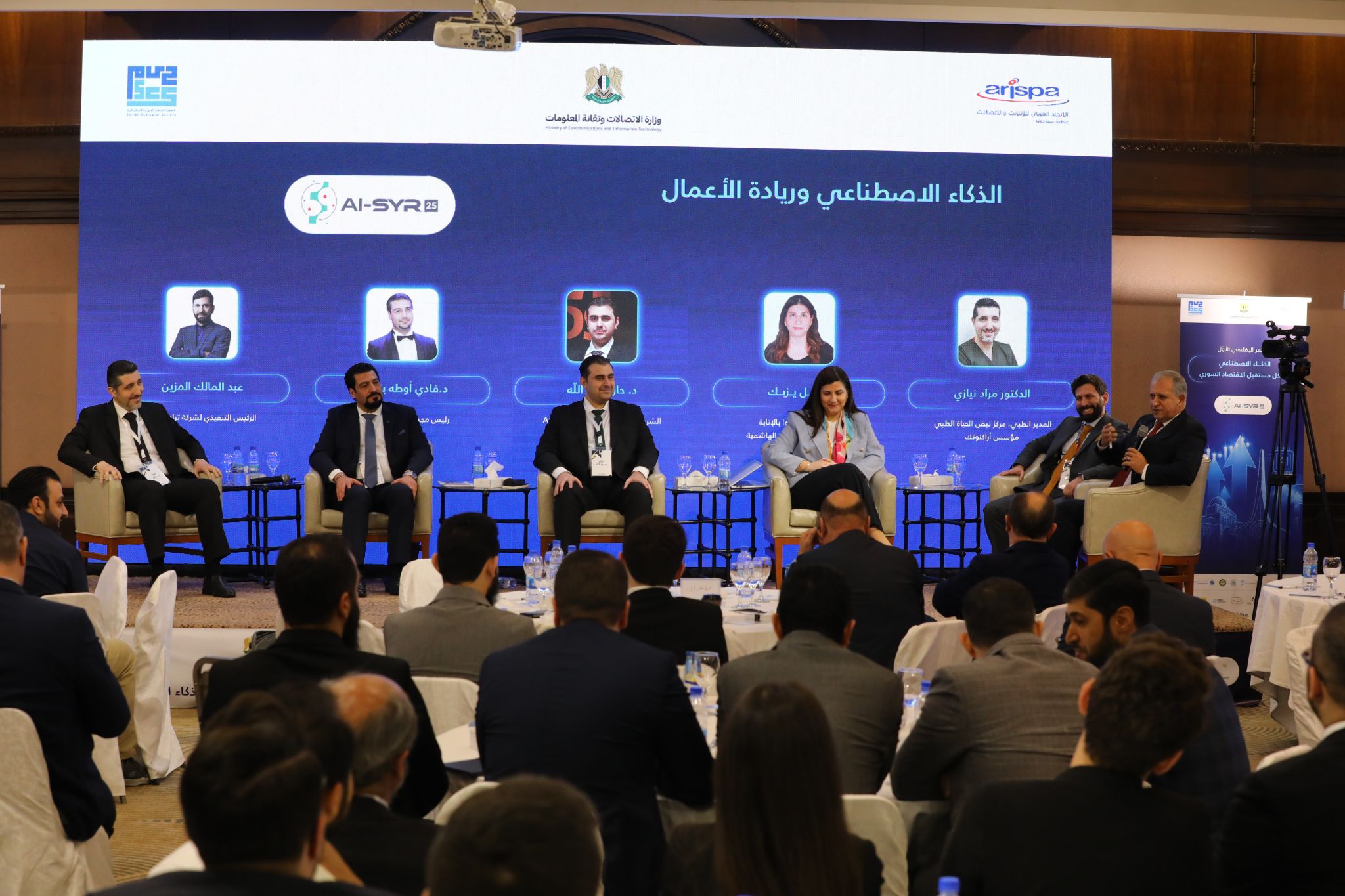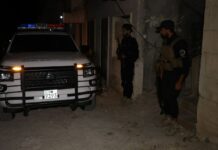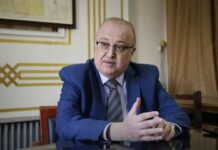An Interview with Dr. Firas Bakour, ARISPA Chairman

Dr. Firas Bakour, Chairman of the Arab Internet and Telecom Union (ARISPA) took part in AI-Syria 2025 Conference, which was held in Damascus on the 6th of May where experts, investors, and policymakers were gathered to talk about Cybersecurity, AI infrastructure, talent development, and regional collaboration.
In this interview with Levant 24, Bakour discusses how Artificial Intelligence (AI) can support the Syrian economy and reconstruction process. He proposes several methodologies to implement Deep Learning techniques in order to achieve the greatest possible results with the least possible resources.
_______________________________
L24: How can AI support the Syrian economy under the current challenges facing the country?
Firas Bakour: “Even with the ongoing challenges facing Syria including damage left by the defunct regime, limited infrastructure, institutional constraints and so on, AI can greatly help support the Syrian economy.”
“AI support takes many forms and is applicable in a variety of areas. In the agricultural sector AI can help farmers improve production quality through analyzing weather, irrigation, and pest control, detect crop diseases and provide therapeutic advice and connect directly with buyers in markets.”
“It can improve the workforce’s skills in the education sector by using online education platforms, particularly in areas where schools have been damaged or have a shortage of teachers. In terms of vocational training AI can help young Syrians acquire technological skills, language, and craft skills compatible with global remote labor markets.”
“In the health sector AI can support remote medical diagnosis and treatment, which is critical for areas with insufficient doctors. It can also perform data analysis which is important for tracking and managing outbreaks of diseases or public health efforts in displacement camps.”
“AI can help entrepreneurs and designers create effective content and offer services to customers and support freelance work. Actually, Syrians can benefit from global markets to establish their own businesses using AI to boost productivity and overcome language barriers.”

“Regarding reconstruction and planning infrastructure, AI can help us by using satellite imagery and drone data, assess war damage, prioritize reconstruction and urban planning, model traffic, energy needs, and resource distribution.”
“AI can help NGOs in the humanitarian field as well as UN agencies deliver food, water, and supplies more efficiently, and help predict the risk of displacement or hunger based on models generated by analysis of conflict dynamics and climate data. This technology can help in regulation by combating corruption. AI can analyze government spending and detect irregularities and shortcomings.”
“Undoubtedly, there are significant challenges that affect AI use in development and progress, such as infrastructure problems, where electricity and internet access remain major obstacles, as well as brain drain, where many AI professionals have left the country in recent years.”
“In short, AI is not a silver bullet, but when it is combined with local knowledge, diaspora support, and international partnerships with developers, it can be a strategic tool for Syria’s gradual recovery and development.”
L24: How exactly can AI be integrated into the reconstruction process?
Firas Bakour: “Integrating AI into the reconstruction process in Syria requires strategic efforts that take into account the country’s current situation (limited infrastructure, fragmented governance, and limited resources). However, AI can contribute to supporting Syria’s reconstruction in the following strategic areas.”
“Firstly, in urban planning and ‘smart’ reconstruction where satellite imagery can be used to assess the level of destruction in cities, while generative design algorithms can optimize reconstruction layouts such as housing, roads, and hospitals. Moreover, AI can be used in traffic and utility planning to model energy, water, and transportation systems.”
“Secondly, by monitoring infrastructure via drones and data analysis for real-time supervision of the reconstruction progress and safety assessments, and through the use of predicative maintenance using sensors and machine learning (ML) to anticipate infrastructure failures such as roads, bridges, and power lines.”
“Thirdly, ‘smart’ resource allocation prioritizes projects, where ML can identify population needs, financing, and risks, and then suggest rebuilding locations, improving logistics to distribute materials, allocate labor, and equipment.”

“By digitizing title deeds and matching existing artifacts with property maps or previous satellite images, AI can help in reducing corruption and enforcing land rights in conflict areas. It can also help in the automation of public service by approving permits and licensing to reduce bureaucracy.”
“Employment and capacity building can be enhanced via AI platforms to develop skills and train local populations in coding and construction technology, remote work, and align reconstruction efforts with local labor markets and availability.”
“Environmental management can be enhanced by AI applications to achieve sustainable construction, recommend green areas, predict environmental impacts, and monitor air and water quality.”
“Overall, the use of AI in rebuilding Syria relies on the intelligent and realistic integration of data-driven operations to achieve the greatest possible results with the least possible resources. AI can help Syria rebuild faster, more equitably, and more sustainably.”
L24: What should be considered in order to get the most out of AI, in relation to Syria?
Firas Bakour: “The most important point remains the use of a proper implementation strategy, for which we can propose the following three stages.”
“One, digital preparation, including the digitization of maps, infrastructure data, and land records. Two, developing pilot projects as this will lay the foundation for the success of larger phases and overcome any potential shortcomings. And three, expanding the use of data to improve larger reconstruction plans based on the results of pilot projects and generalizing them to larger projects for various institutions.”









